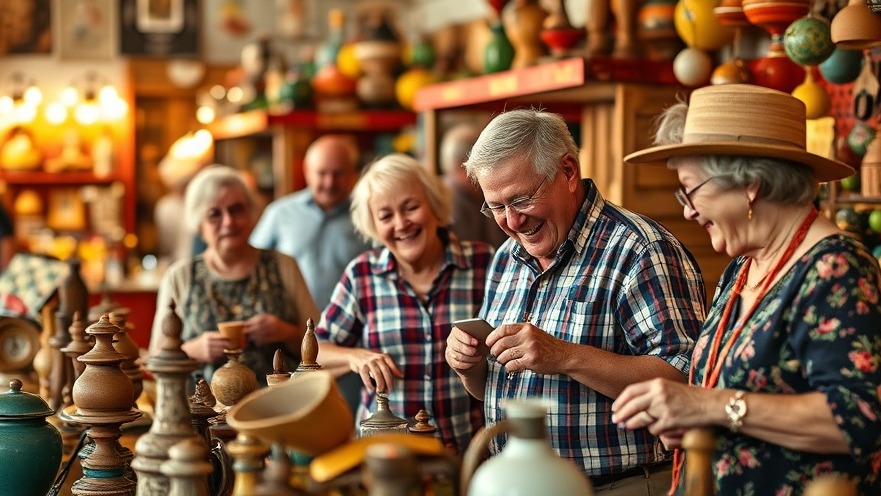
The Healing Power of Shared Stories
Recently, a long-time follower gifted me a significant book titled Hope For Widows – Reflections on Mourning, Living, and Change by Marilyn Nutter. After losing my husband in 2022, the thoughtful gift resonated deeply with me. As I am navigating the journey of starting over, discovering insights and wisdom from others who have experienced similar loss is invaluable. This book offers a beautiful tapestry of vignettes, encouraging readers like myself to engage with our grief, acknowledge our pain, and ultimately find paths toward healing.
Contrasting Experiences of Grief
It’s fascinating how Nutter’s narrative parallels and diverges from my own. She faced the sudden loss of her husband while thousands of miles away from home, during Christmas—a time usually associated with joy. In contrast, I went through the lengthy anticipatory grief, where the experience was spread over years, providing ample time for preparation and reflection. While I had my moments to journal, process, and plan my future without Martin, Nutter’s abrupt experience emphasizes how different grieving processes can be. Regardless of the nature of our losses, we all seek understanding and solace.
The Importance of Time in Grieving
Time is a crucial factor in grief. Many widows or widowers are not afforded the luxury of anticipatory grief, where knowing what’s coming allows a space for reflection and acceptance. In my case, I spent those years crafting memories to hold onto—the recipes cooked together, the art created, and the laughter shared. Nutter’s anecdote about her pastor’s insight, portraying the deceased's work as ongoing beyond physical death, resonates profoundly. Even now, Martin’s influence continues through the lives he touched, reminding me daily of the legacy he left behind.
Self-Reflective Journeys Through Vignettes
Each chapter of Nutter’s book serves as both a reflective tool for the reader and a journal space. The concept of “Treasured Reflections” encourages us to ponder our experiences and feelings while nurturing our healing journey. One particularly impactful chapter, “His Work Isn’t Finished,” invites us to consider the ongoing contributions that those we love make even after their passing. For me, every painting Martin completed—many whimsical and filled with light—serves as a reminder of his vibrant spirit and unwavering creativity. Donating his artwork was hard, yet I find comfort in the possibility that they now adorn children’s rooms, spreading joy and the essence of his character to new lives.
Recognizing Grief's Validity
Nutter addresses something that sadly persists in our society: the stigma surrounding grief. While society often expects individuals to grieve in silence or behind closed doors, her writing encourages us to cry openly and validate our feelings. This idea would have undoubtedly comforted me during my own struggles with anticipatory grief. Knowing that my emotions were valid and experienced by many others may have expedited my healing process.
Gratitude for Connection and Healing
As I reflect on my journey and the gift of Nutter’s book, I feel immense gratitude towards those around me. This shared understanding of grief fosters connections among people navigating similar challenges. Each poignant story can spark healing, whether through literature, friendships, or meaningful conversations. While the path of grief is often laden with challenges, the opportunities for growth, understanding, and connection are profound.
In closing, embracing the complexity of our journeys can empower us. I invite readers who find themselves on similar paths to explore Nutter's reflections and share their stories. Let us engage with our pain and turn it into wisdom, nurturing ourselves and those around us.
 Add Row
Add Row  Add
Add 



 Add Row
Add Row  Add
Add 

Write A Comment